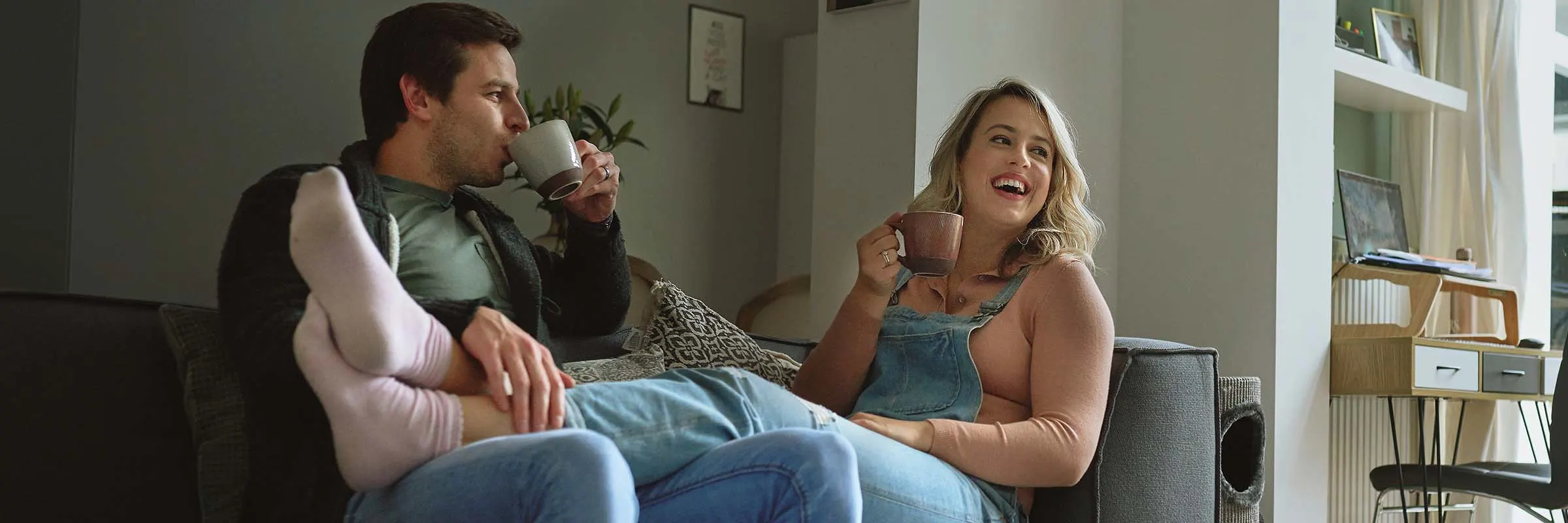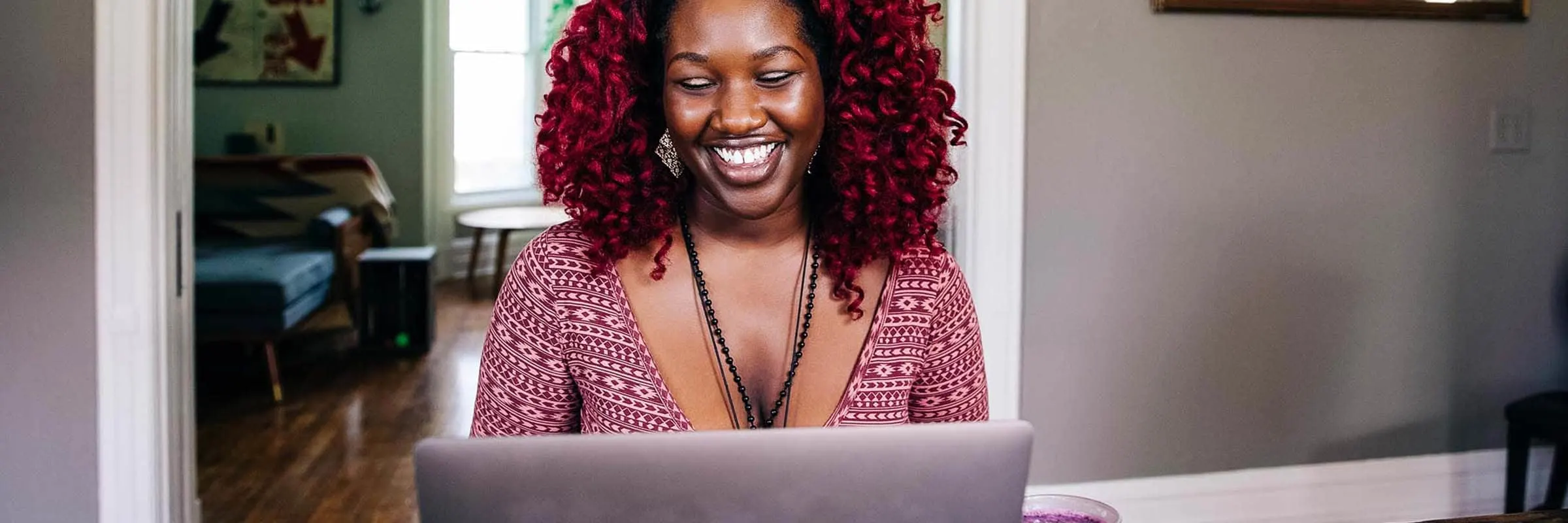While you can’t plan for every possible scenario, you can put your best financial foot forward and be prepared for unexpected expenses. That’s where an emergency fund comes in — to help protect you when unanticipated costs arise.
Read more: Build your emergency fund with Ally Bank’s buckets and boosters
What is an emergency fund?
An emergency savings fund is cash you put aside for an unplanned expense or financial emergency. Common uses include:
Car or home repairs
Medical bills
Job loss or other unexpected decrease in income
Why you need an emergency fund
An emergency fund is an account that you can tap into when you have an unforeseen expense that you can’t afford to pay for out of your regular budget. It can also help keep you out of going into debt, because you won’t have to rely on using a credit card or taking out a high-interest loan.
How much should you have in an emergency fund?
How much cash you should stash in an emergency fund depends on a variety of factors. With a few quick questions, our calculator can help you identify how much you should aim to have in emergency savings.
Building your emergency fund
Use these strategies and methods to start building a fund.
Create a budget
List all your essential and nonessential monthly expenses, including housing, entertainment and groceries, and identify areas where you can reduce spending and redirect that money to your emergency fund. Finding the right budgeting template is a good first step to get you started.
Set a realistic savings goal
The general guidance is to have three to six months' worth of essential expenses set aside in your emergency savings, but don’t let that amount intimidate you. Most people can’t achieve their savings target immediately, so give yourself some grace. With time and consistent saving, it’ll happen.
Automate your savings
When you know you have money in your checking account, it can be tempting to spend it or easy to forget to move money to savings. By automatically transferring funds from checking to your savings account, your savings can continue to grow without having to lift a finger. The buckets tool in our Ally Bank Savings Account can help keep your emergency savings separate from your other savings, without different bank accounts or fancy math.
Save unexpected income
It can be tempting to spend a raise or bonus on a nonessential expense like dining out. But consider putting some of that money into your emergency fund for a rainy day.
When and how to use your emergency fund
When you’re hit with a sudden expense, it can feel like an emergency — but that may not always be the case. Ask yourself these three questions to determine whether you should use your emergency savings:
Is it unforeseen?
Is it essential?
Is it urgent?
If you can answer at least two of these questions with a yes, then it’s likely that the situation calls for you to tap into your emergency fund.
Do your best to prepare for the worst
No one knows what the future holds. While it’s impossible to predict when it will happen, a financial emergency is pretty much a fact of life. Making an emergency fund part of your monthly savings can set you up to be prepared no matter what comes next.



